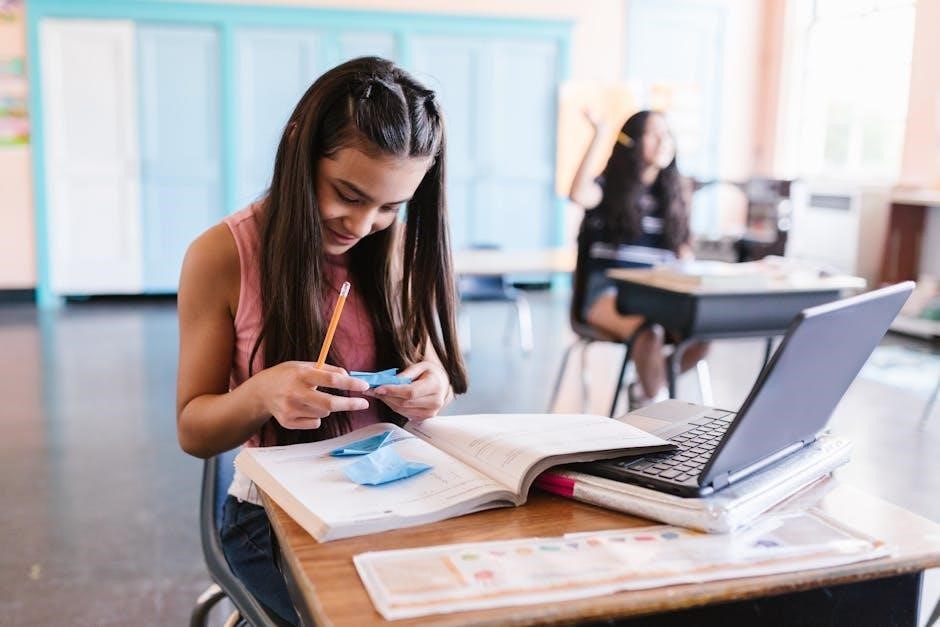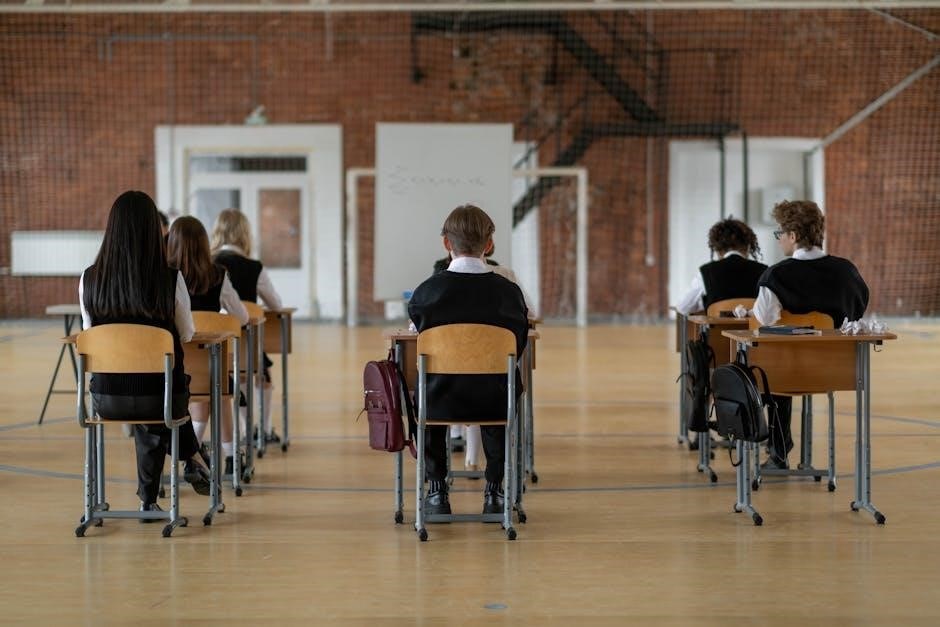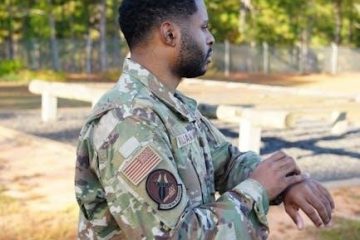Ice Breakers for High School Students: A Comprehensive Guide
Navigating the social landscape of high school can be daunting. This guide provides a comprehensive look at ice breakers, offering solutions to ease anxieties, foster connections, and establish common ground among students in the classroom. Discover fun ways to engage!
What are Ice Breakers? Definition and Purpose
Ice breakers, drawing inspiration from icebreaker ships that clear paths in arctic regions, are activities designed to dissolve initial awkwardness and promote comfort within a group. Their primary purpose is to alleviate tension, foster a supportive atmosphere, and encourage interaction among participants, particularly when individuals are unfamiliar with one another. These structured activities facilitate introductions, help participants learn names, and reveal personal or professional information, paving the way for more effective communication and collaboration.
In essence, ice breakers serve as catalysts for building rapport and creating a sense of community. They reduce inhibitions, increase awareness of others, and establish common ground, thereby enhancing the overall learning or working environment. By providing a safe and engaging space for interaction, ice breakers encourage active participation and help individuals feel more comfortable sharing their thoughts and ideas. Ultimately, they are valuable tools for fostering positive relationships and promoting a more inclusive and collaborative atmosphere within any group setting.
Ice breakers are highly structured and ensure that time is used productively and that participants are relaxed. Ice breakers for high school students make great icebreakers for middle schoolers too, and they’re perfect for back-to-school season.
Why Use Ice Breakers in High School?
High school is a period of significant social and emotional development, where students navigate new relationships, explore their identities, and learn to collaborate effectively. Ice breakers play a crucial role in facilitating this process by creating a welcoming and inclusive environment that encourages interaction and reduces anxiety. The initial days of a new semester or school year can be particularly nerve-wracking, and ice breakers offer a fun and engaging way to break down barriers and foster a sense of community.
By promoting interaction and familiarity, ice breakers help students feel more comfortable sharing their thoughts and ideas, participating in class discussions, and working together on group projects. They also provide opportunities for students to discover common interests, build friendships, and develop essential social skills. Furthermore, ice breakers can be adapted to address specific learning objectives, such as reinforcing course content or promoting critical thinking.
Given the diverse backgrounds and experiences of high school students, ice breakers can also help to bridge cultural gaps and foster a greater understanding and appreciation for different perspectives. By creating a safe and supportive space for interaction, ice breakers can help to break down stereotypes and promote empathy, ultimately contributing to a more inclusive and equitable learning environment. By using ice breakers, the classroom will be more comfortable and will encourage conversation.

Benefits of Ice Breakers for High School Students
Ice breakers offer a multitude of benefits for high school students, extending beyond mere introductions. They foster a positive classroom atmosphere, reducing anxiety and creating a more comfortable learning environment. These activities encourage interaction, allowing students to connect with peers, discover common interests, and build friendships. This sense of belonging can significantly improve student engagement and motivation.
Moreover, ice breakers promote teamwork and collaboration, essential skills for success in high school and beyond. By participating in group activities, students learn to communicate effectively, share ideas, and work towards common goals; They also develop empathy and understanding, as they gain insights into diverse perspectives and backgrounds. This can lead to a more inclusive and respectful classroom culture.

Ice breakers can also enhance cognitive skills such as critical thinking and problem-solving. Some activities require students to think creatively, analyze information, and make decisions collaboratively. Additionally, they can boost confidence and self-esteem, as students have opportunities to showcase their talents and share their experiences. Ultimately, ice breakers contribute to a well-rounded educational experience, preparing students for academic and personal success. They reduce inhibitions and increase awareness.
Types of Ice Breakers for High School
High school ice breakers come in various forms, catering to diverse learning styles and classroom dynamics. “Name Games” help students learn each other’s names in a fun, memorable way, often incorporating adjectives or actions. “Find Someone Who…” Bingo encourages interaction as students seek classmates who match specific criteria, promoting information sharing and discovery of commonalities.
“Unpopular Opinion” sparks debate and encourages critical thinking as students share unconventional viewpoints in a respectful manner. “Blob Grouping” is a quick, engaging activity where students form groups based on shared characteristics like shoe type or favorite ice cream flavor. These activities are low-risk and reveal common ground.

Themed ice breakers, such as those focused on science or math, connect introductory activities to the curriculum. These can involve trivia, problem-solving challenges, or discussions related to the subject matter, making learning more engaging from the outset. The key is to select ice breakers that align with the learning objectives and promote a positive, inclusive atmosphere, helping students relax and ease into the classroom environment. These activities promote awareness and reduce inhibitions within the group.
Name Games
Name games are a classic and effective way to initiate interaction and memorization within a high school setting. A simple approach involves sitting in a circle and having each student state their name, followed by an adjective that begins with the same letter. For example, “Clever Claire” or “Kind Karen.” The next person then repeats the previous student’s adjective and name before adding their own, creating a cumulative chain.
Another variation includes adding an action or gesture along with the name, which helps visual learners and adds a kinesthetic element. Students could say their name and perform a simple action, and the group would then repeat both. This fosters a sense of playfulness and encourages participation from even the shyest individuals. The goal is to create a supportive atmosphere where students feel comfortable making mistakes and learning from each other.
These games not only aid in name recall but also help students learn a bit about each other’s personalities or interests through the chosen adjectives or actions. Name games are adaptable to different group sizes and can be modified to suit the specific needs and objectives of the class. The key is to ensure the activity remains lighthearted and inclusive, promoting a positive start to the school year.
“Find Someone Who…” Bingo
“Find Someone Who…” Bingo is an interactive icebreaker that encourages high school students to mingle and discover commonalities. Create bingo cards with squares containing prompts like “Find someone who has a family member from another country,” “Find someone who volunteers,” or “Find someone who enjoys [specific genre] music.” Students circulate, asking classmates if the prompts apply to them.
If a classmate matches a prompt, the student writes their name in that square. The goal is to get bingo – a row, column, or diagonal filled with names. This activity promotes conversation and helps students learn unique facts about their peers. Adapt the prompts to align with class themes or school events for added relevance.
To enhance engagement, offer small incentives for achieving bingo or completing the entire card. Ensure the prompts are inclusive and avoid sensitive topics that might make students uncomfortable. “Find Someone Who…” Bingo not only helps students learn names but also fosters a sense of community and encourages them to step outside their comfort zones. It’s a fun, low-pressure way to spark conversations and build connections in the classroom.
Unpopular Opinion
“Unpopular Opinion” is a provocative icebreaker that sparks lively debate and encourages critical thinking among high school students. Present students with a series of potentially controversial statements, such as “Summer is the worst season,” “Chocolate is overrated,” or “Social media does more harm than good.” Students then individually decide whether they agree or disagree with each statement.
Afterward, facilitate a group discussion where students can share their reasoning and defend their viewpoints. Encourage respectful dialogue and emphasize the importance of considering different perspectives. This activity not only helps students get to know each other’s thought processes but also cultivates valuable communication and argumentation skills. It’s a great way to challenge assumptions, promote intellectual curiosity, and create a dynamic learning environment.
To ensure inclusivity, carefully select statements that avoid sensitive or discriminatory topics. Encourage students to focus on logical reasoning rather than personal attacks. “Unpopular Opinion” can be adapted to various subjects by tailoring the statements to relevant themes. This icebreaker is an engaging way to foster intellectual discussion and help students develop confidence in expressing their ideas.
Blob Grouping
Blob Grouping is a dynamic and interactive icebreaker perfect for getting high school students moving and connecting based on shared characteristics. This activity involves calling out different categories or attributes, and students quickly form “blobs” or groups with others who fit the description. For example, you might say, “Group up by your favorite type of pizza!” or “Form a blob based on the color of your shoes!”
The fast-paced nature of Blob Grouping encourages spontaneity and lighthearted interaction. It allows students to discover common interests or characteristics in a fun and informal way. To add variety, you can include categories related to hobbies, favorite subjects, or even silly preferences like “Group by whether you prefer cats or dogs.”
This icebreaker is particularly effective because it requires minimal preparation and can be easily adapted to suit different group sizes and settings. It’s a great way to break down social barriers, encourage quick thinking, and promote a sense of camaraderie among students. By the end of the activity, students will have a better understanding of their peers’ personalities and preferences, creating a more welcoming and inclusive classroom environment. Plus, it’s just plain fun!
Themed Ice Breakers (Science, Math)
Integrating subject-specific themes into ice breakers offers a unique way to engage high school students in Science and Math classes right from the start. These themed activities not only break the ice but also subtly introduce course concepts and encourage collaborative problem-solving. For Science, consider a “Scientific Fact or Fiction” game where students debate the validity of interesting science trivia, promoting critical thinking and sparking curiosity.
In Math, a “Number Association” ice breaker can challenge students to find connections between seemingly unrelated numbers, fostering creativity and mathematical reasoning. Another engaging option is a “Math Riddle Challenge,” where students work together to solve intriguing math puzzles or brain teasers, promoting teamwork and sharpening problem-solving skills. Themed ice breakers can be tailored to specific units of study, reinforcing key concepts and creating a more immersive learning experience.
By infusing fun and relevant themes into these introductory activities, teachers can create a more engaging and stimulating classroom environment. These activities not only help students get to know each other but also spark their interest in the subject matter, setting the stage for a successful and collaborative learning journey throughout the year. Remember that integrating the ice breaker with the general theme of the class is a great approach!
Ice Breaker Considerations for High School Students
When selecting ice breakers for high school students, it’s crucial to consider their developmental stage and the potential for self-consciousness. Activities should be age-appropriate and avoid placing undue pressure on students to share overly personal information. Respecting boundaries and creating a safe, inclusive environment is paramount.
Consider the diversity of the student body, including cultural backgrounds, learning styles, and personality types. Opt for ice breakers that cater to a range of preferences and abilities, ensuring that all students feel comfortable participating. Avoid activities that might inadvertently exclude or marginalize certain students.

It’s also important to be mindful of time constraints. High school students often have packed schedules, so ice breakers should be concise and efficient, maximizing engagement without sacrificing valuable class time. Clearly explain the purpose of the activity and set clear expectations for participation. Encourage active listening and respectful communication, fostering a positive and supportive atmosphere. Before deploying an ice breaker, evaluate its overall potential impact.
Ultimately, the goal is to create a welcoming and inclusive environment that promotes connection and collaboration, setting the stage for a positive and productive learning experience throughout the school year.
Structuring Ice Breakers Effectively
To structure ice breakers effectively for high school students, begin with a clear objective. What specific outcome are you hoping to achieve? Is it to foster team building, encourage communication, or simply help students get to know each other better? Define the goal and select activities that align with it.
Start with low-pressure activities that require minimal personal disclosure. This helps students ease into the process and build trust. As the ice breaker progresses, you can gradually introduce activities that encourage more interaction and sharing. Provide clear and concise instructions, ensuring that students understand the rules and expectations.
Set a time limit for each activity to maintain momentum and prevent boredom. Monitor student engagement and adjust the pace accordingly. Be prepared to modify or abandon an activity if it’s not working or if students are uncomfortable. Debrief after each ice breaker, allowing students to share their thoughts and feelings. This helps them process the experience and draw meaningful conclusions.
Consider incorporating elements of fun and creativity to make the ice breaker more engaging. Use props, music, or visual aids to enhance the experience. Remember to be flexible and adapt the ice breaker to the specific needs and interests of your students. The goal is to create a positive and memorable experience that promotes connection and collaboration.
Ensuring Productive Time Use
To ensure productive time use during ice breakers, careful planning and execution are crucial. Begin by setting a clear time limit for each activity, communicating this to students beforehand. This helps them stay focused and prevents the ice breaker from dragging on unnecessarily. Prioritize activities that are engaging and relevant to the learning objectives, avoiding those that are time-consuming or lack a clear purpose.
Provide clear and concise instructions for each activity, minimizing confusion and maximizing participation. Actively monitor student engagement and adjust the pace as needed, speeding up activities that are moving slowly and slowing down those that are causing frustration. Be prepared to adapt or modify activities on the fly if they are not working as intended, ensuring that the time is used effectively.
Encourage active participation from all students, creating a supportive and inclusive environment where everyone feels comfortable contributing. Avoid activities that allow a few students to dominate the conversation, ensuring that everyone has a chance to speak and be heard. Debrief after each ice breaker, summarizing key takeaways and reinforcing the learning objectives. This helps students connect the activity to the broader context and reinforces the value of their time.
By following these strategies, you can ensure that ice breakers are a productive and valuable use of time, fostering connection, collaboration, and learning in a fun and engaging way.
Adapting Ice Breakers for Different Group Sizes
Adapting ice breakers to suit different group sizes is essential for maximizing engagement and effectiveness. For smaller groups (5-15 students), intimate and discussion-based activities work well. Name games where each student shares a unique fact about themselves or “Two Truths and a Lie” encourage personal interaction and help build rapport. These activities allow for everyone to participate actively and get to know each other on a deeper level.
For medium-sized groups (16-30 students), activities that involve movement and collaboration are ideal. “Find Someone Who…” bingo, where students mingle to find classmates who match specific criteria, promotes interaction and helps students discover common interests. “Human Knot,” where students untangle themselves while holding hands, encourages teamwork and problem-solving skills. These activities ensure that everyone is involved and contribute to the group dynamic.
For larger groups (31+ students), activities that are less dependent on individual interaction and more focused on shared experiences are best. “Would You Rather?” polls, where students vote on their preferences using hand signals, allow for quick and easy participation. “Common Ground” activities, where students identify shared interests or experiences in small groups, foster a sense of belonging and connection. These activities are designed to engage a large number of students while minimizing potential for bottlenecks or disengagement.
Regardless of group size, it’s crucial to provide clear instructions, set time limits, and facilitate a positive and inclusive environment. By tailoring ice breakers to the specific needs of the group, you can ensure that everyone feels comfortable, engaged, and connected.



0 Comments